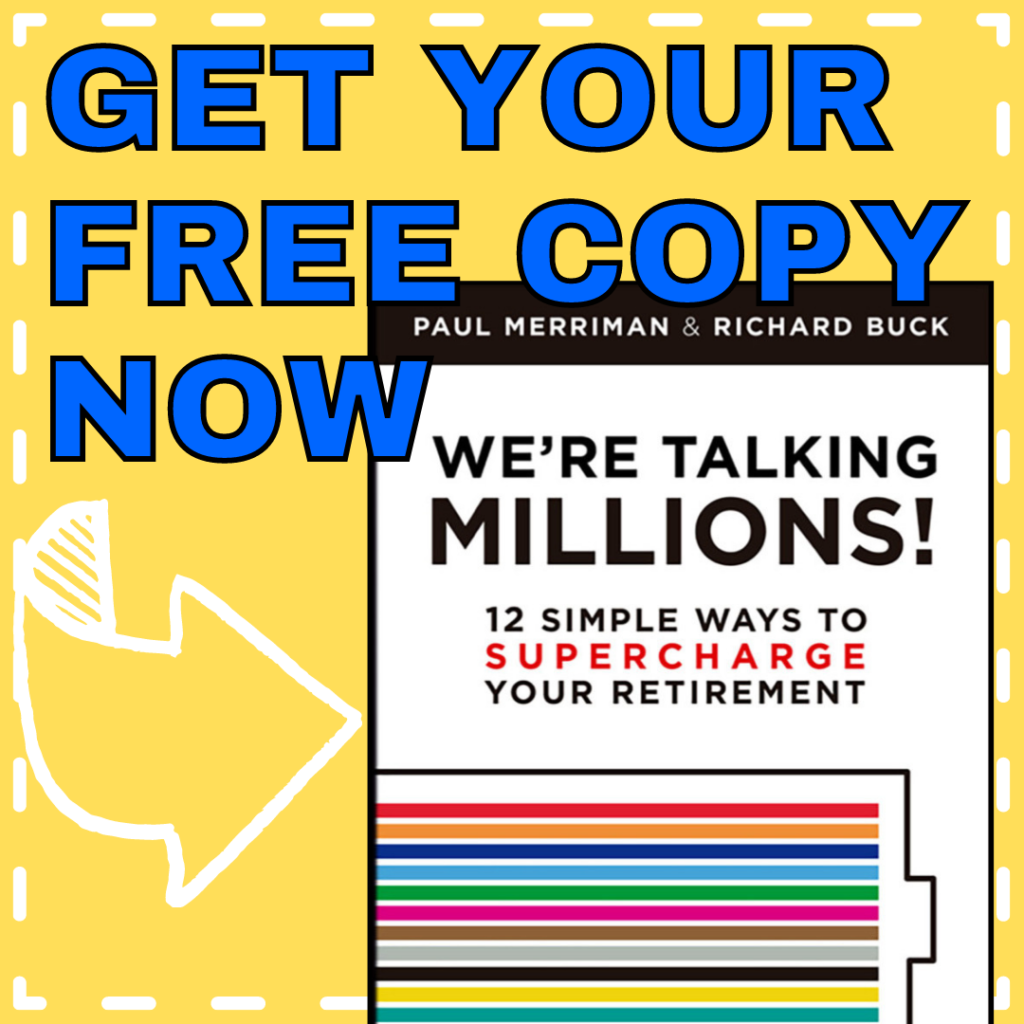Our Mission: Empower Do-It-Yourself Investors with Free Academic-based Research & Resources for Life-long Investing
Help your teenager turn $500 into nearly $2 million
Reprinted courtesy of MarketWatch.com
Published: January 6, 2022
To read the original article click here
Most people who read my articles are either retired or well on their way to retirement. They’ve got a plan, they are doing what they can to carry it out, and (I hope) my articles have set them — and kept them — on the right track.
That’s wonderful, and I love talking to and helping investors who have some experience under their belt.
But there’s another population that is, to use the current vernacular, “underserved” when it comes to investing. These are the children, grandchildren, nieces, and nephews of my regular readers.
For years I’ve been trying to motivate parents, grandparents, aunts and uncles to give these young people a boost that will get them started on a lifetime of simple investing.
So today, I offer a plan to help you motivate and educate that young person in your life. This includes the “magic” of starting early and using tax-free compound interest … plus the sometimes frustrating but surely essential virtue of long-term patience.
(Any relationship you have with a young person will do, but for convenience here, I’ll assume we are talking about your niece — and that she has a thoroughly 21st-century name, Madison.)
If Madison is a teenager and you’re willing to spend a bit of time and a very modest amount of money, you can launch her on a lifetime journey with a potential payoff of $1.9 million. And by adding a tiny bit more, you can easily bump it up beyond $2 million.
The total cost of this plan is $500 from you and $500 from Madison. And I’ve got it figured out so you and she will barely notice it.
My proposal has two parts.
The first step is education. The essential things anyone needs to know about investing are contained in a book that Richard Buck and I wrote in 2020, that’s available for free in PDF form on my website.
That book was based on the idea that a young person would set aside money every year for 40 years, perhaps at the rate of $6,000 a year invested in a Roth IRA or a retirement plan at work. The potential results are astonishing.
But today’ I’ll show how you can put those simple lessons to work with a very small fraction of that. How to amass a million on the cheap, if you like.
You will be heavily involved in this plan, and you’ll use that book (available free with the link above) to make sure Madison gets off on the right foot.
First, you should read that book.
Next, get that book into the hands of your niece and have her read it. Then discuss it with her. Ask Madison to tell you what she took away from reading it. Would she like to enter a partnership with you to carry out these lessons?
If the answer is yes, then you can explain the second part of this plan, which involves action.
You and she will make a 10-year commitment to each other to carry out the putting-money-in part of the plan. And she will make a commitment to you (and to herself) to carry out the rest of the plan after that first decade. All this will take on her part is faith, patience, and the ability to do nothing for many years.
With those commitments made, you and Madison will each kick in $50 and use the $100 total to open a custodial Roth IRA in her name. This is easy at either Fidelity Investments or Charles Schwab SCHW, 0.24%.
You and she will invest the money in a small-cap value fund. (I recommend Fidelity Small Cap Value Index FISVX, +0.69% or Schwab Fundamental US Small Company Index SFSNX, +0.91%.
One year later, you and she will each kick in another $50. And you’ll repeat that eight more times, until each of you has put in $500. That’s the last money either of you will invest.
In small-cap value stocks, it’s not a great stretch to assume the account could compound over the long term at 12%. After 10 years, assuming a steady rate of 12%, your niece would have $1,965 in her account.
That’s not particularly impressive, but it gets better and better from that point forward as she carries out the rest of the plan by doing absolutely nothing. (Is that too much to ask?)
In the calculations that follow, I’m assuming you start this 10-year period of investments when Madison is 16. After 54 more years, she’ll be 70. And that 12% compound growth would grow the account to $287,778. All that from only $500 out of her pocket (plus your matching funds).
The final part of her plan calls for her to withdraw 6% of the balance in the account every year. She can use that money ($17,267 the first year) to spend, give away, or whatever. After 9 more years, she will have taken out a total of $220,038.
That seems like a mighty impressive payout from a $500 investment. And even if inflation reduces the value by 75%, she would still have around $55,000 in today’s dollars. That’s the reward for patience: $110 in spending power for every $1 she saved.
You may be thinking (correctly) that this isn’t nearly enough to fund her retirement.
That’s where the “education” part of this plan comes in. If you do a proper job of educating and encouraging Madison through the first 10 years of this plan, she’ll almost certainly want to apply the principles she learned to regular savings from her income, as outlined in the book you gave her.
If you think of this 10-year plan as “training wheels,” then you’ve got the picture.
Future investment returns are impossible to predict. But if she lives to age 95, her “little” Roth IRA will be worth $1,041,607 and she will have withdrawn a total of $856,624 — all completely tax-free.
I realize that number may seem hard to believe, but it’s accurate under these assumptions. If Madison continues to earn 12% every year and takes out half of those gains, that leaves her with an “after-withdrawals” return of 6%.
Over 25 years, that return is enough to approximately quadruple a starting amount of money.
That’s a total payout of $1.9 million. And here’s an idea: You could easily turn this into a $2 million payout by increasing the initial contributions to $55 a year from each of you — a pretty amazing way to “spend” an extra $5 a year.
If you want to change the life of a young person, this is an exciting idea.
I’ve recorded a podcast and a video about how to teach a teenager to invest.
Richard Buck contributed to this article.
Paul Merriman and Richard Buck are the authors of We’re Talking Millions! 12 Simple Ways To Supercharge Your Retirement.
Delivery Method. Paul Merriman will send stories to MarketWatch editors on a biweekly basis. Licensor may republish such stories 24 hours after publication on MarketWatch with the attribution.
The Merriman Financial Education Foundation is a registered 501(c)(3) organization founded in 2012.
All donations are used to support our work. Deductions are permissible to the extent of the law.
Contact us at info@paulmerriman.com
All information on this site is provided free of charge (with the exception of books for sale) and is funded in full by The Merriman Financial Education Foundation.
Anyone wishing to use this educational information in web-based or printed materials are welcome to do so with the following attribution and link:
“This information freely provided courtesy of PaulMerriman.com.” We would also appreciate a copy and link of where it has been published via email.
All Rights Reserved

